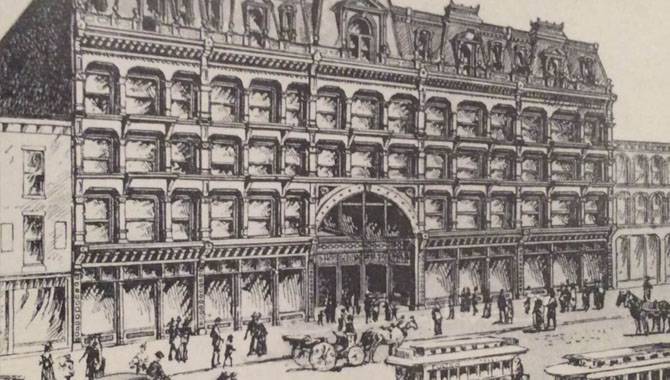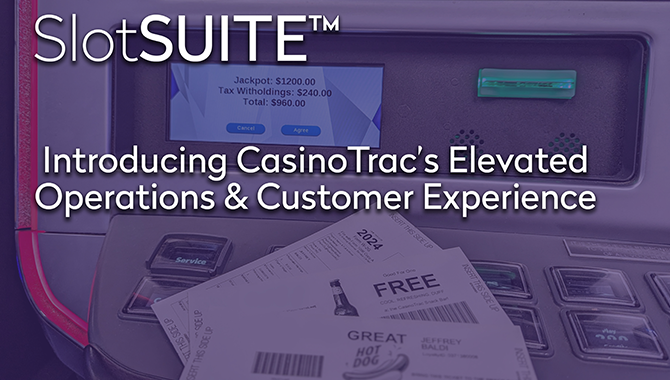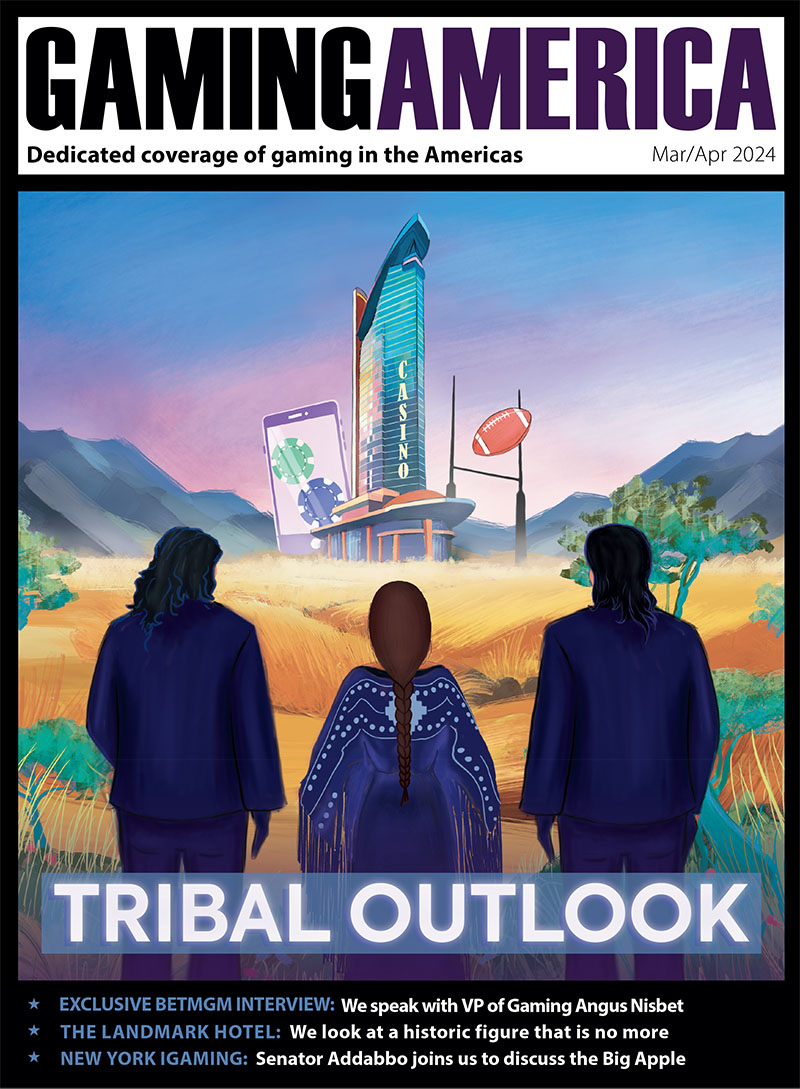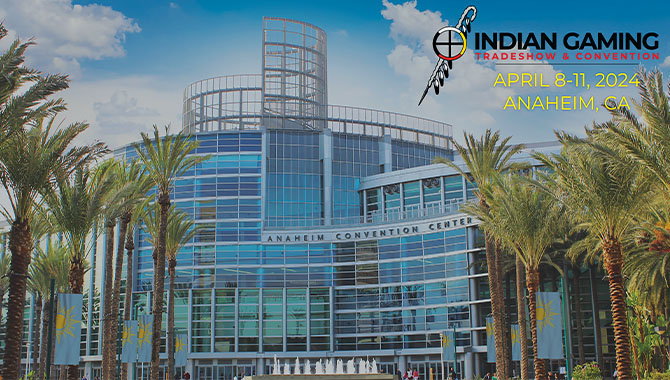
Oliver Lovat asks where the next evolution of US casinos will come from to avoid replicating the country’s retail giants
Abraham & Straus. Burdines. Bamberger’s. Herpolsheimer's. Hecht's. Robinsons-May. Stern’s.
These were department store behemoths and household names in many of the US’ leading cities, with tens, if not hundreds of thousands of customers per year. Today, all are gone, either consumed by competitors or doors closed forever.
However, retail has not disappeared. Barneys has 27 units, Boscov’s has 47, Neiman Marcus has 42. Going larger, Dillard’s has 292, Nordstrom has 363 and Macy’s, which acquired many of the defunct businesses, operates over 650. Outside the department-store model, Westfield USA (now Unibail-Rodamco-Westfield) has 35 malls in the US, Brookfield has 161 malls and Simon Property Group has nearly 400.
Reading the various market commentaries, it would seem evident Amazon and the internet were the catalyst for the death in retail, but broader scrutiny shows closure of department stores has been going on for decades, due to changing customer trends, behaviour and taste.
This is a forewarning to the real challenges facing the North American casino industry and its potential future.
The casino story
Dr. David Schwartz of the UNLV charts the four generations of casino evolution in North America.
The first generation starts in Las Vegas - predominantly motel-styled, with all action revolving around the gaming floor. The hotel brands and amenities were secondary to the stars in the showroom and the personality of the owner, who was seen meeting and greeting guests.
The second generation developed on what we now call the Las Vegas Strip and featured predominantly in the Atlantic City expansion of the 1980s. Resorts with 1,000+ hotel rooms connected to sprawling low-rise buildings with vast casinos became common. Some featured diverse amenities, such as bowling alleys, externally branded and operated restaurants.
This template continued in tribal and some regional markets after Las Vegas moved onto the third generation, which evolved from Steve Wynn’s 1989 Mirage. Las Vegas is dominated by third generation properties, with 3,000+ rooms, even vaster buildings and bigger floors, but different from their predecessors as a result of their huge range of amenities.
The fourth generation of casinos is an advance of the resorts for the 1990s and early 2000s. As Wynn himself said at his G2E address in 2014: “The non-casino story is the story. It was never about the games.” The resorts are communities, targeted at distinct customers with brands, experiences and amenities specifically tailored to those customers.
As we know, post-war casino gaming was focused on Las Vegas and Atlantic City until the 1988 passing of the Indian Gaming Regulatory Act (IGRA), categorizing casino gaming to:
Class I: low level social games, offering prizes of minimal value, and played only by tribal members.
Class ll: bingo, pull tabs, lotto, punch boards, certain card games, video display card games, controlled by the tribe and National Indian Gaming Commission.
Class III: all forms of gaming that are not Class I or II, including parimutuel horse and dog racing, jai alai, casinos, lotteries, banking card games and slot machines. But, they must have an agreement or compact with the state and gambling must be legal in the state.
Some Las Vegas games, such as roulette (with ball) and craps (with dice) were not permissible in certain jurisdictions, such as California.
This year is the final year of the way things were. There will be winners and losers, but there will be changeToday, there are 420 tribal casinos producing c.$27bn of revenue, taking the Native American communities from marginalized and in some cases maligned communities, to important business operators and key regional employers.
In 1989, South Dakota permitted legal casinos, followed by Iowa and Illinois, with dozens to follow; many on riverboats before moving to dry land.
The timeline is important, as just as gaming was proliferating across the US, offering a fresh supply to meet demand, The Mirage opened and changed the shape of the casino. As tribal expansion continued at generation two and in some cases generation three properties, Las Vegas was building the Cosmopolitan, while Macau and Singapore were seeking foreign investment to open Asian hubs for regional gaming destinations for the world’s most lucrative players and populous markets.
Technology advanced at record levels, as we then had the internet, cell phones and online gaming. Why leave your house to play poker, or your bed to play slots?
Billions of dollars were invested in real-estate projects, based on rapidly-evolving business thinking and an ever-changing regulatory and technological landscape.
The strategic challenge
There are key strategic challenges facing the casino industry, not just the established corporations, but particularly with the Native Americans that have established their rights to own and operate casinos. Much like the second-generation department-store owners, operating businesses built out of opportunity, these decisions will have generational impacts.
Those familiar with my consultancy, lectures and writing on strategic competitive advantage will be aware of my fundamental thesis; there are only two drivers of sustainable competitive advantage within the land-based gaming industry - those of location and loyalty. Once location is established, the only form of sustainable competitive advantage is loyalty – and there are different customers that demand different loyalty drivers.
Retail faces many of the same characteristics as gaming, and history shows what happens when an effective strategy is downplayed in pursuit of short-term thinking. Now is not forever.
So, in this inaugural edition of Gaming America, I invite the industry to pause with me for a moment, as this is a time of fundamental change in our industry.
Our biggest companies have seen values diminish, despite reinvestment and a strong economy. Some have sought international diversification with great success, for now. Some have repurposed from gaming and hospitality companies to entertainment companies; Caesars is the third-largest seller of tickets in the US, while MGM is fourth. Las Vegas expansion plans are centered around non-gaming amenities, in particular convention space. The Pechanga Resort in Temecula, California recently invested $280m in expanding the non-gaming amenities, including rooms, spa and pool. Additional casino space was nominal.
Some have diversified into other businesses; real-estate investment, F&B operations and to other technologies in gaming and non-gaming.
Looking forward
This year is the final year of the way things were. There will be winners and losers, but there will be change.
Gaming is now ubiquitous; moreover, it is highly undifferentiated. Once there was unmet demand, today there is unmet supply. Further deregulation in the online space will add additional consideration to land-based operators, who, along with the manufacturers, have yet to find an alternative to slot machines that have had such resonance with an established, but aging customer base.
For decades, the truth was: “If you build it, they will come.” That is no longer a certainty. The fundamental questions today are now strategic. What business are you in? Who are your customers? Who are your competitors and what are they doing? What are your strategic assets and competencies and how are you best placed to compete in the increasingly competitive environment?
Casinos are complex operating businesses, with capital intensive real estate and in many cases, management focusing on operations. By nature, they are inward looking. Where once marketing and operational efficiency were the simple answers to many problems, sustainability is not achieved in one quarter, or the following quarter, or even the quarter after that. Our industry needs some strategic thinking, or it will face the fate of the US’ department stores.
Oliver Lovat leads the Denstone Group, which offers strategic advice and development consultancy on casino resorts. He is a Fellow of the Royal Institution of Chartered Surveyors and visiting faculty at Cass Business School in London. He lives in Las Vegas.
















